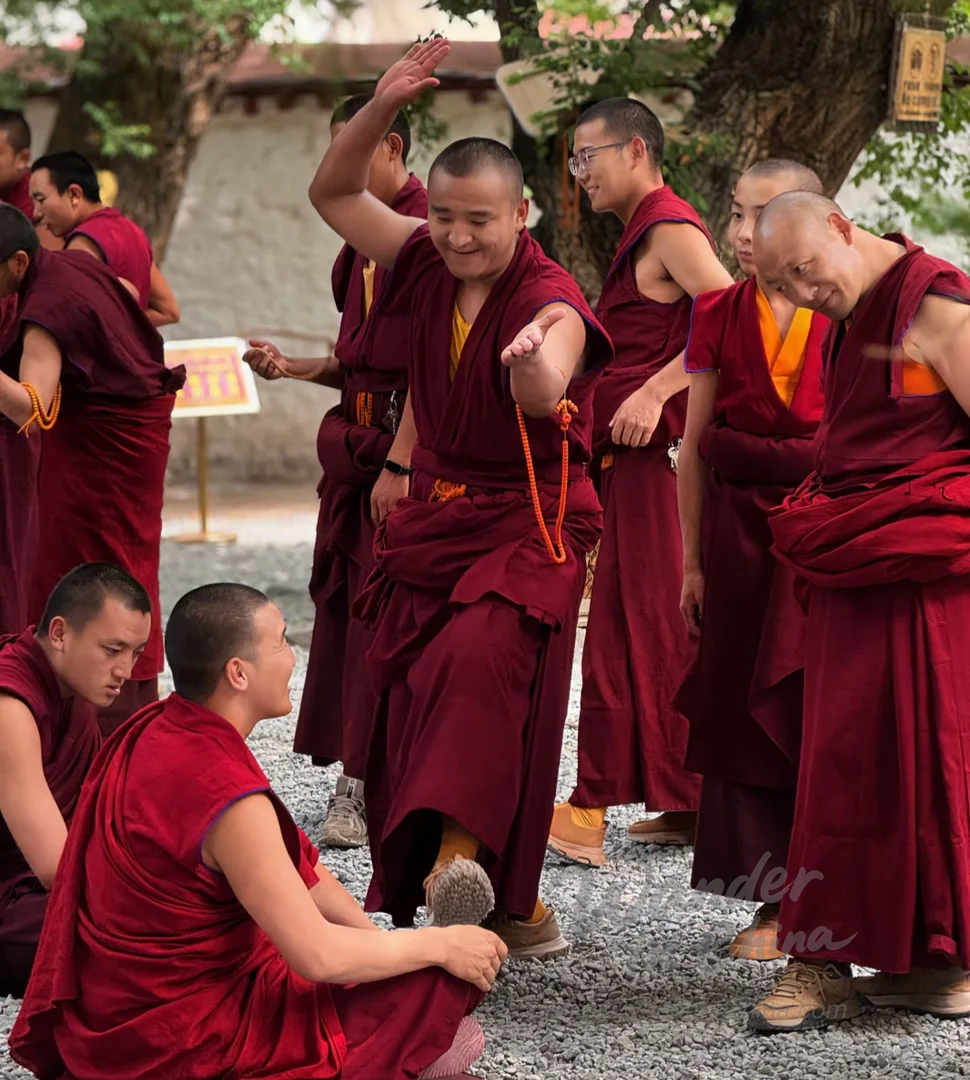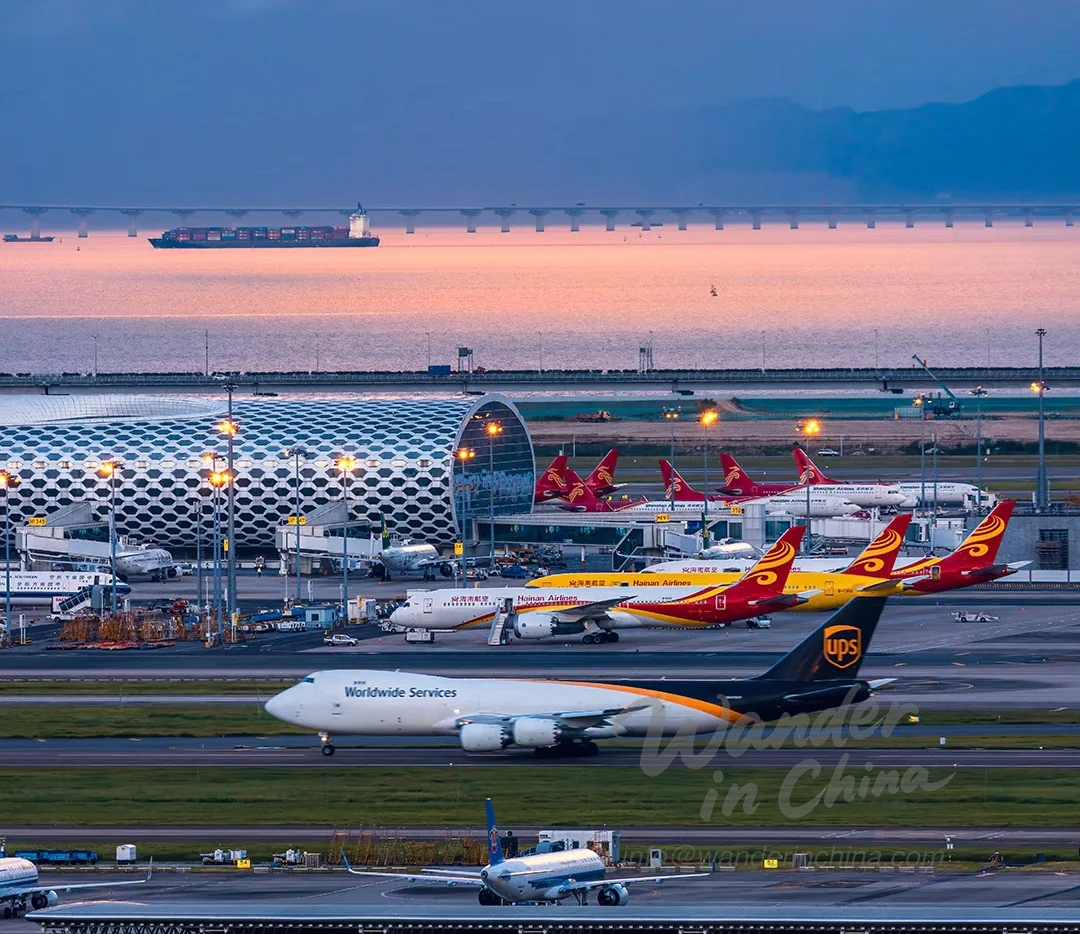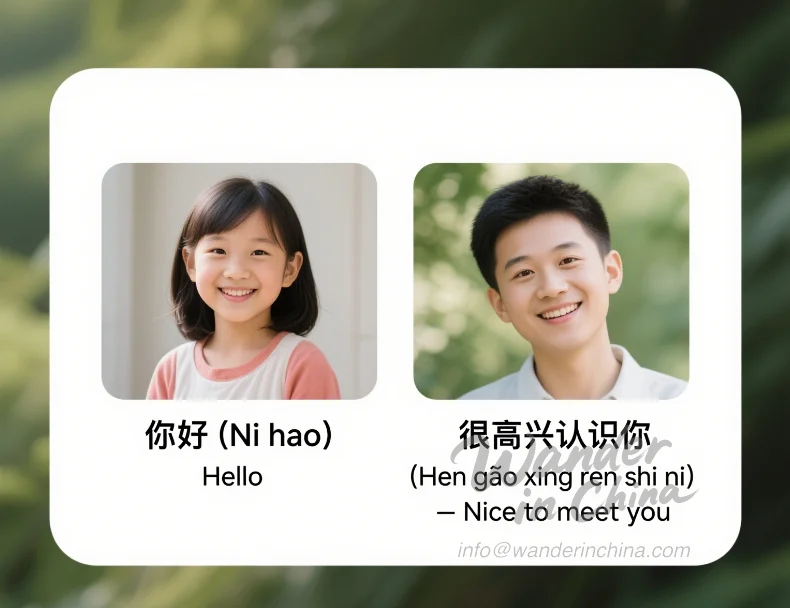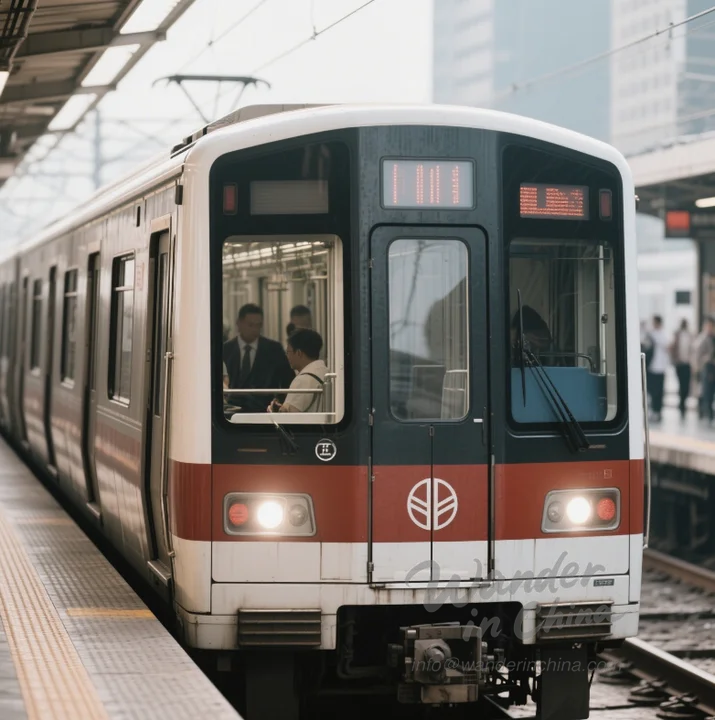Explore Hunan Museum: Unearthing the Secrets of Mawangdui Tombs
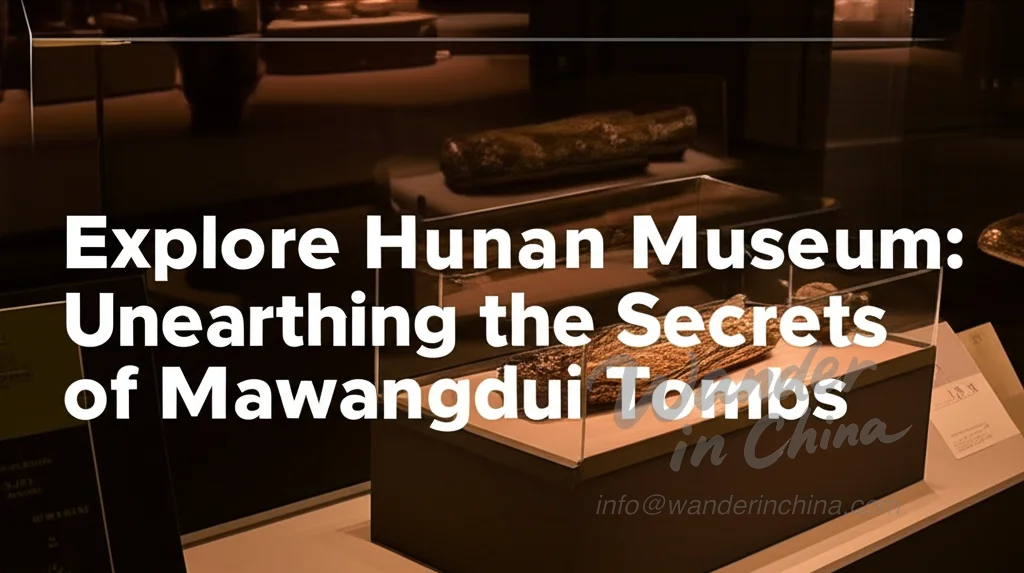
Discovering Ancient China: A Visit to the Hunan Provincial Museum
The Hunan Provincial Museum, located in Changsha, is a treasure trove of Chinese art, history, and culture. It is renowned for housing the incredible artifacts recovered from the Mawangdui Han Tombs, making it a must-see destination for anyone interested in ancient China. This museum offers a fascinating glimpse into the lives of the Han Dynasty elite and the rich cultural heritage of the Hunan province. For a broader perspective on this vibrant city, explore our main guide to Changsha: A City of History, Culture, and Cuisine.
Importance as a Cultural Institution
The Hunan Provincial Museum is more than just a repository of artifacts; it’s a vital center for research, education, and cultural preservation. It plays a crucial role in promoting understanding and appreciation of Hunan’s unique history and its contribution to Chinese civilization. The museum’s extensive collection and engaging exhibits attract visitors from around the world, solidifying its position as a leading cultural institution in China.
The Mawangdui Han Tombs Exhibition
The centerpiece of the Hunan Provincial Museum is undoubtedly the Mawangdui Han Tombs exhibition. This exhibition showcases the remarkable discoveries made at the Mawangdui archaeological site, which unearthed the tombs of Marquis Li Cang, his wife Xin Zhui (Lady Dai), and their son. The tombs date back to the Western Han Dynasty (206 BC – 220 AD) and contained an astonishing array of well-preserved artifacts.
History and Discovery of the Tombs
The Mawangdui Han Tombs were accidentally discovered in the early 1970s by workers digging an air raid shelter. The discovery proved to be one of the most significant archaeological finds of the 20th century, providing invaluable insights into Han Dynasty life, beliefs, and artistic achievements. The exceptional preservation of the artifacts is attributed to the unique burial conditions, including layers of charcoal and clay that sealed the tombs and prevented decay.
Artifacts and Silk Paintings
The Mawangdui exhibition features a stunning collection of artifacts, including lacquerware, pottery, musical instruments, clothing, and food items. Perhaps the most famous find is the incredibly well-preserved body of Xin Zhui, also known as Lady Dai. Her body, along with the remarkably preserved artifacts, offers an unparalleled glimpse into the opulence and sophistication of Han Dynasty aristocratic life.
The exhibition also features exquisite silk paintings, including the iconic “T-shaped” painting depicting the ascent to heaven. These paintings are considered masterpieces of ancient Chinese art and provide valuable insights into Han Dynasty cosmology and beliefs about the afterlife. You can find more information about the museum’s collection and history on their official website (if one exists - otherwise omit this external link).
Other Exhibits at the Museum
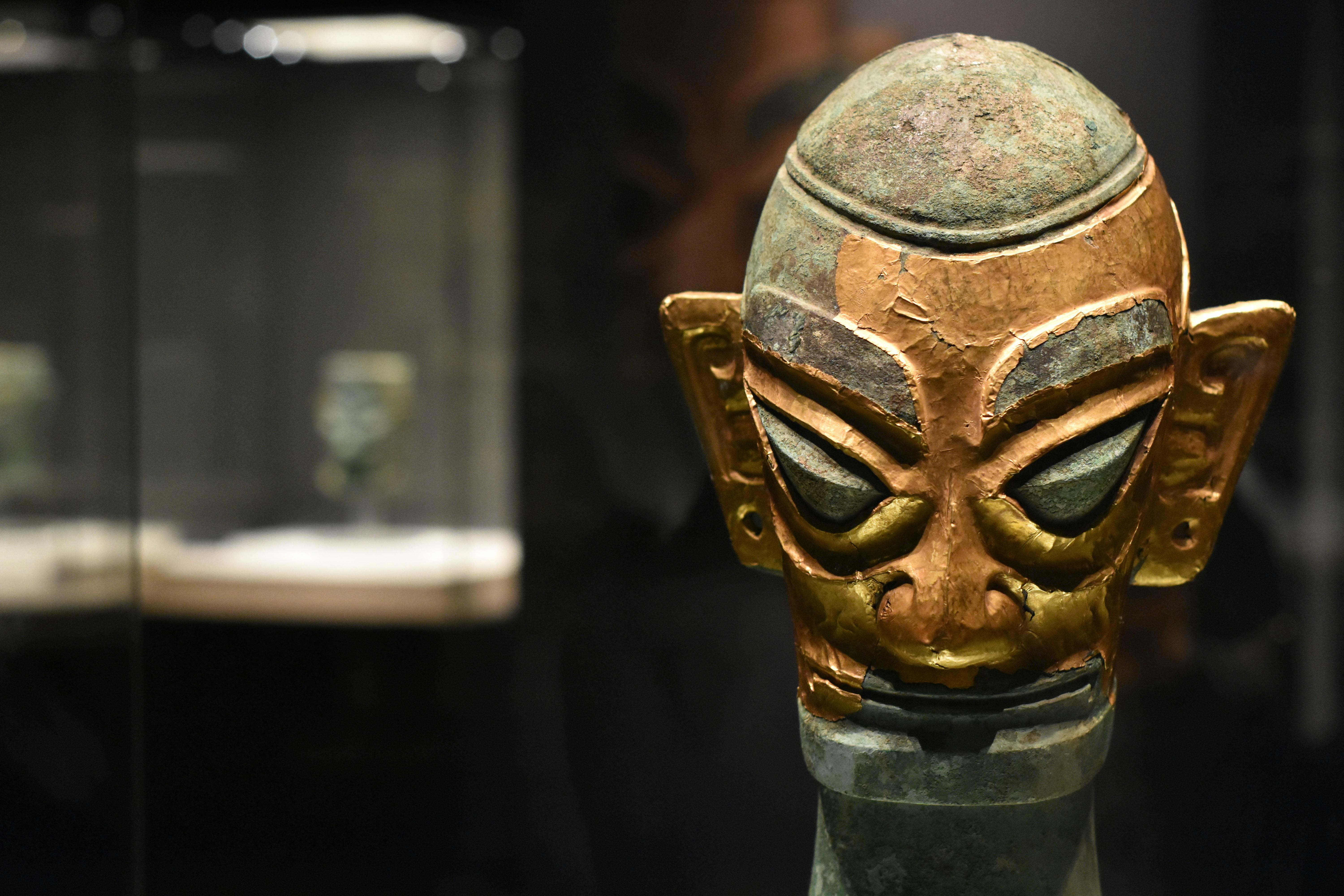
Beyond the Mawangdui exhibition, the Hunan Provincial Museum boasts a diverse collection of artifacts that showcase the rich history and artistic traditions of Hunan province.
Hunanese Art and History
The museum’s other exhibits cover a wide range of topics, including Hunanese art, history, and culture. Visitors can explore exhibits on ancient bronzes, ceramics, calligraphy, and painting. These exhibits offer a comprehensive overview of Hunan’s cultural heritage, from its prehistoric origins to the modern era. The museum also features exhibits on local ethnic minorities and their unique customs and traditions.
Planning Your Visit
Planning a visit to the Hunan Provincial Museum is relatively straightforward, but it’s helpful to know some key details in advance.
Opening Hours and Ticket Information
The Hunan Provincial Museum is generally open from Tuesday to Sunday. It’s advisable to check the museum’s official website (if available, otherwise omit) for the most up-to-date information on opening hours and holiday closures. Ticket information can also be found on the website or at the museum entrance. Purchasing Hunan Provincial Museum tickets in advance, especially during peak season, is highly recommended to avoid long queues.
Photography Guidelines
Photography is generally allowed in the museum, but flash photography is often prohibited to protect the delicate artifacts. It’s best to check the museum’s photography guidelines upon arrival or on their website (if applicable, otherwise omit). Some special exhibits may have stricter photography rules. Remember to be respectful of other visitors and avoid obstructing their view while taking photos.
